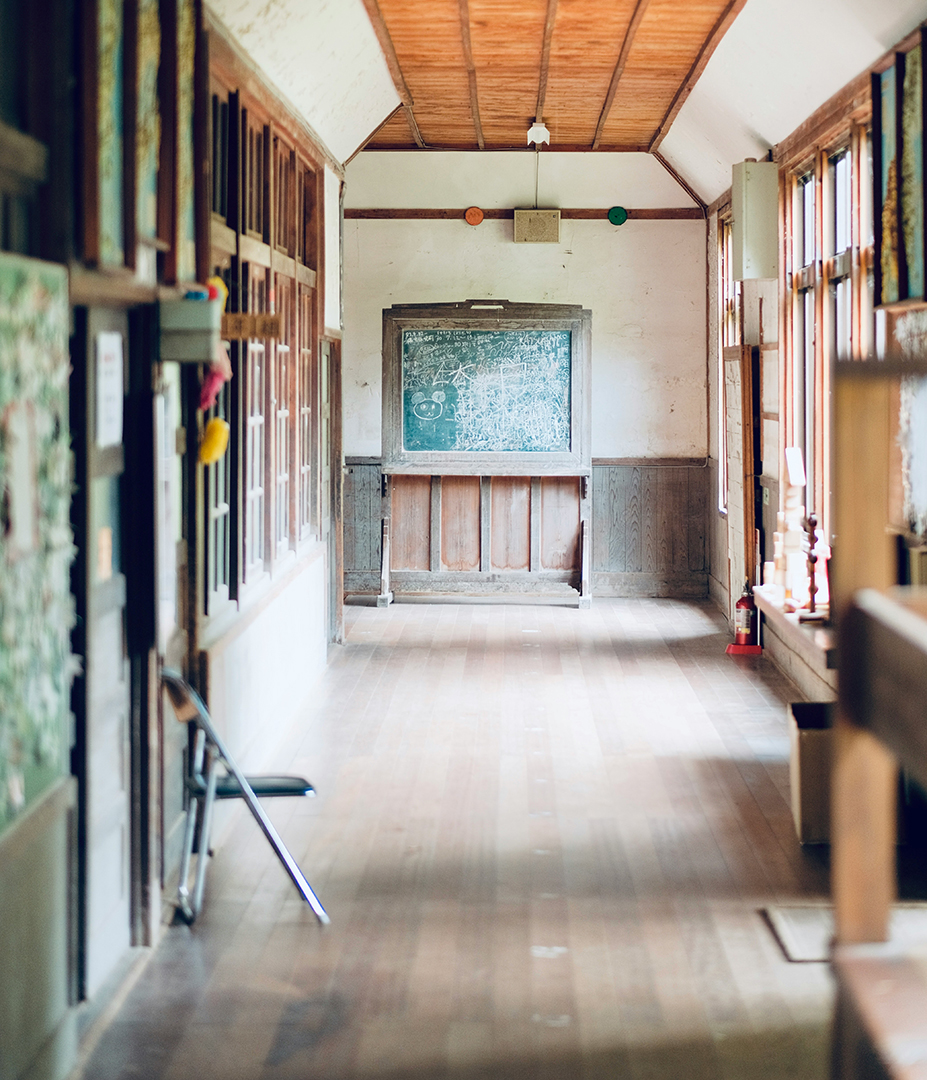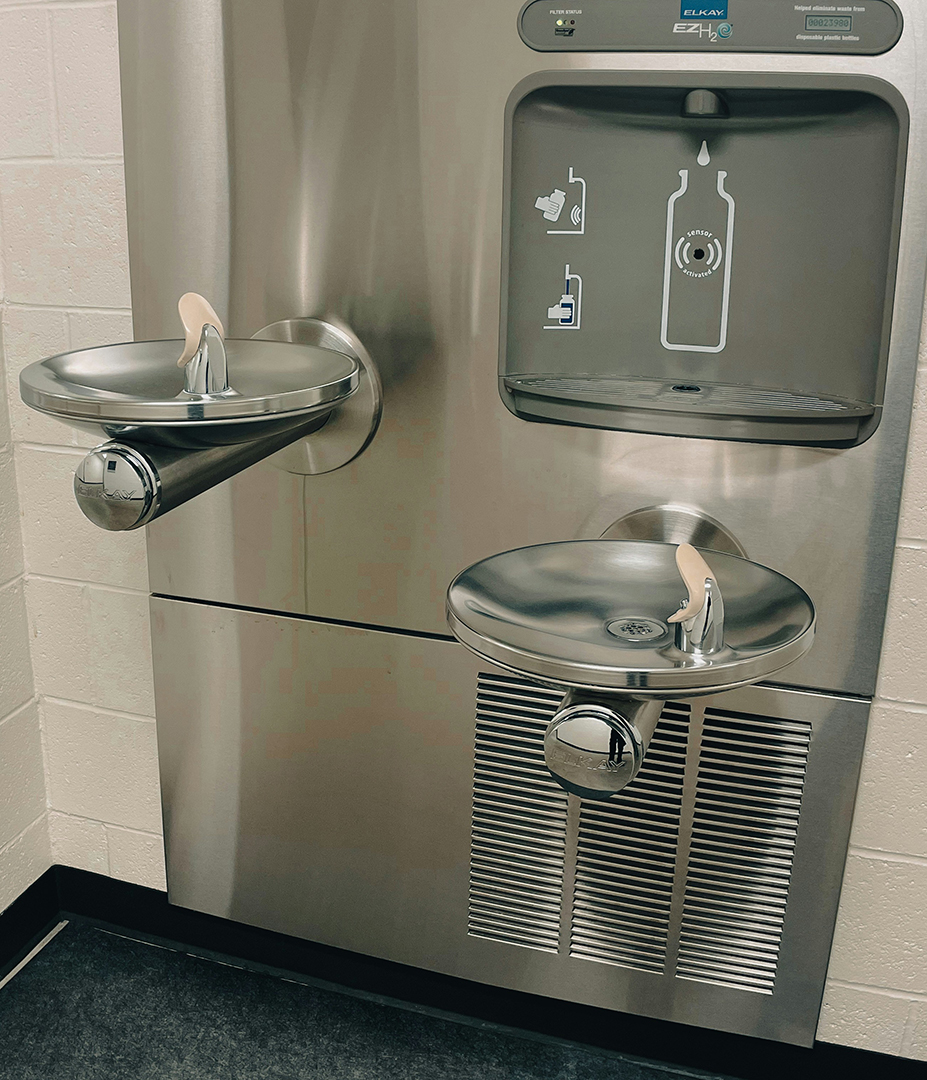Georgia, Inland Waterways, National Category
Startup Uses Drone for Cleaning Water, Collecting Data


America’s more than 98,000 public PK–12 schools serve 49.4 million students. However, these buildings that America’s children rely on are aging. Nationwide, schools average 49 years old, but detailed data on their condition is scarce. Only 10% of total school spending in School Year (SY) 2021–2022 was directed to facility expenses, a total that has been low for decades, and a majority of which is dedicated toward new construction versus maintenance of existing buildings. The annual funding gap to reach a state of good repair for the nation’s public schools has grown from $60 billion in 2016 to $85 billion in 2021. Critical needs at school buildings include water upgrades to remove lead and installation of cooling systems amid increasing temperatures. A 2021 study estimated that 13,700 additional schools must add air conditioning, representing more than $40 billion in investment needs. Moving forward, better management of existing assets will be needed along with the most up-to-date building codes and standards. Those upgrades can be accommodated with high-quality public data on school facilities and greater predictable funding dedicated to infrastructure.
saw school enrollment increases
between 2019 and 2021
will need air conditioning because of
higher daytime temperatures
76% of local school bond or tax measures
during elections

America’s public school facilities can currently accommodate the overall student population and are expected to continue to meet needs over the next decade, given enrollment trends and resident birth rates. Therefore, although school capacity issues exist, they tend to be localized.
Fewer than half of states collect representative data on their school facilities. Based on public data, the average age of main instructional buildings in America’s public school system is 49 years. That means many buildings where American school children spend their days are reaching their 50-year design life, where essential facility systems need comprehensive upgrades or replacements. Throughout the U.S., 38% of public school buildings were constructed before 1970, with another 41% split evenly between the years 1970 and 2000 and between 2000 and 2023. Twenty percent of American public schools report that they do not know the construction year of their main instructional buildings. Despite their age, fewer than half of all public school buildings have undergone significant renovations or replacements since their original construction, and fewer than one-third have undergone improvement since 2010.

School funding for physical infrastructure is primarily driven by local and state governments, with infrequent increases from federal sources during economic recessions, like 2008–2009’s recession and the downturn from COVID-19.


In 2021, the 21st Century Schools Fund found that America’s investments in public primary and secondary schools trailed the need for state of good repair by $85 billion annually, a 42% increase from $60 billion (2020 dollars) as estimated in 2016. That total includes capital improvement needs as well as maintenance and facility operations. While those repair needs grow—as do the total number of project numbers and inflation-adjusted cost for each—a list of new facility features is moving from “nice to have” to “necessary,” and chief among those “must-haves” is air conditioning.
Traffic safety is a growing concern at school facilities and campuses, in part because American families now drive their kids to school more than ever before. The use of private vehicles for student pickup and drop-off has grown from less than 20% in 1969 to almost 54% in 2022, with only 10% of students now using active forms of transportation like walking or biking. In suburban and rural communities, space is easier to dedicate to safe vehicle loading areas, but streetscapes in those areas are sometimes less safe for people walking or biking.
Extreme weather and seismic threats create a greater need for resilient school buildings. From 2017 to 2019, 54% of American school districts received FEMA disaster recovery funds, covering 67% of all students nationwide. Districts serving higher populations of children with low incomes, English-language learning needs, and other social vulnerabilities needed more recovery assistance than school systems in areas with higher incomes.

Photo Attributions

Select your home state, and we'll let you know about upcoming legislation.
"*" indicates required fields